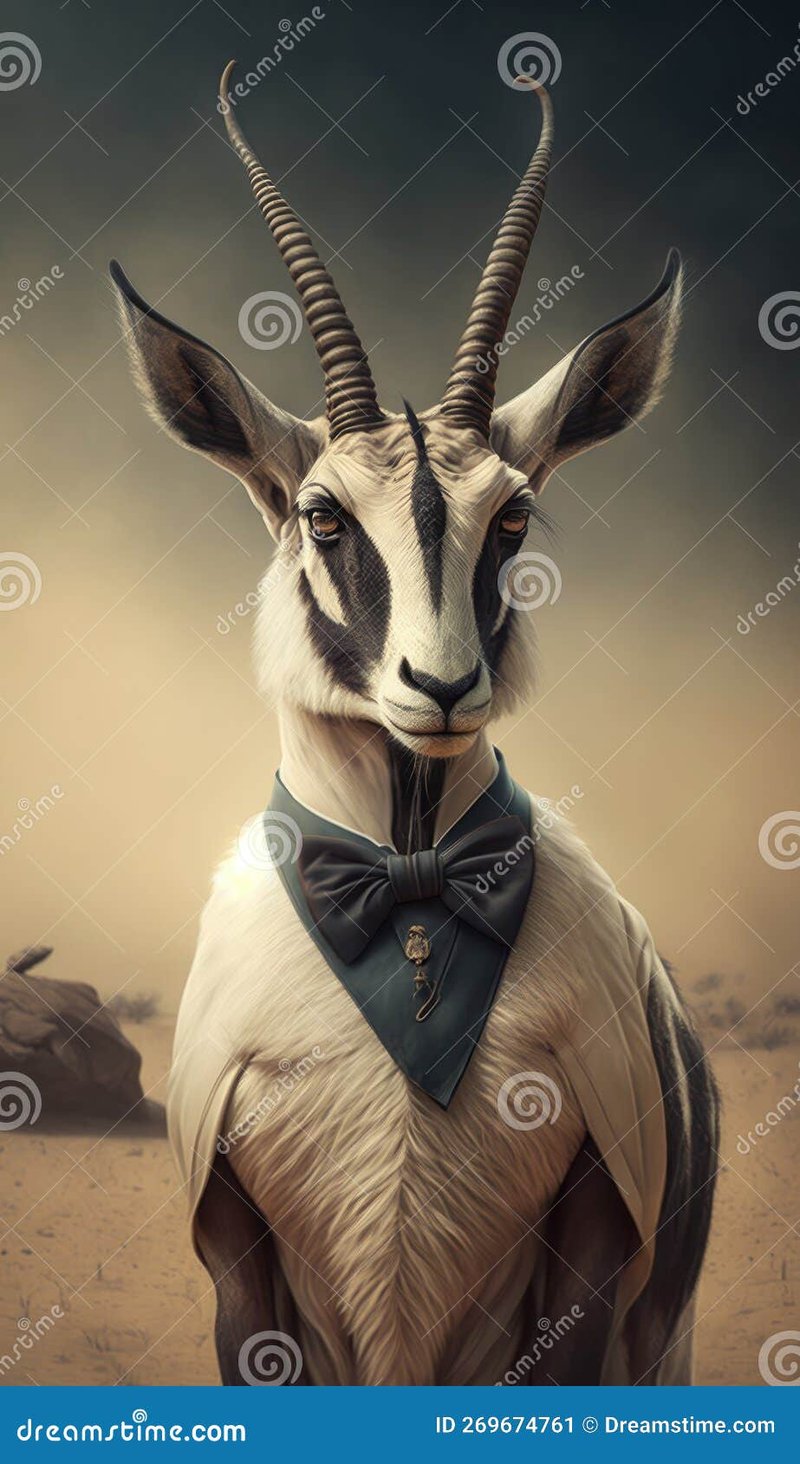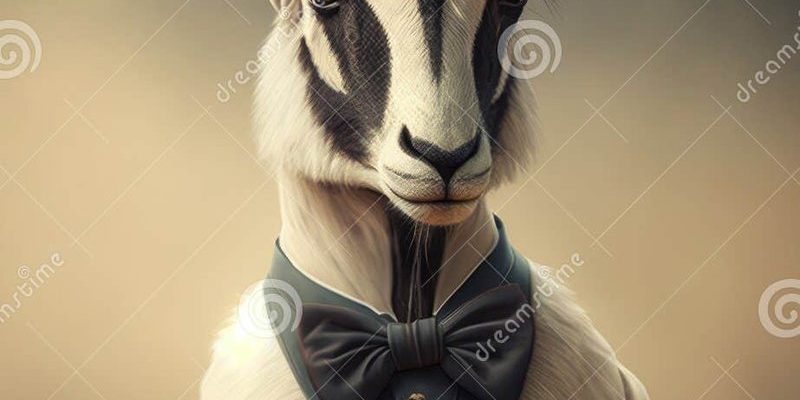
The oryx, particularly the Arabian oryx, is not just a beautiful creature; it has become a symbol woven into the folklore, art, and cultural beliefs of various communities, especially in the Middle East and Africa. Let’s dive deeper into how this stunning animal influences our narratives, traditions, and even our understanding of nature.
The Oryx in Ancient Cultures
The oryx has roots that stretch back to ancient civilizations, where it often appeared in myths and stories. For instance, in ancient Mesopotamia, the oryx was revered as a sacred beast. Its striking features and resilient nature struck a chord with the people living in harsh desert environments. They saw the oryx as a symbol of strength and survival, embodying the spirit of life in a challenging habitat.
In many cultures, the oryx also appeared in art and carvings. Ancient Egyptians, for example, depicted various animals in their tombs and temples, and the oryx was not left out. It symbolized grace and elegance, often associated with the gods of the hunt. This connection highlights how the oryx was not just a mere animal but a part of the spiritual fabric that connected humans to their environment.
Through storytelling, the oryx took on a life of its own. Legends were born where the oryx became a guide for lost travelers or a guardian of the desert. These tales underscore how vital this majestic animal was to the people who depended on the desert for their way of life.
The Oryx in Folklore and Mythology
Folklore is a fascinating way cultures preserve their history and values, and the oryx often features prominently in these narratives. In many African tribes, the oryx is viewed as a creature of wisdom and mystery. Stories often depict the oryx as a clever figure that can outsmart predators, teaching lessons about adaptability and caution.
One famous tale from the San people of southern Africa tells of how the oryx gained its impressive horns. In this story, it is said that the oryx challenged the most fearsome animals in the savannah to a series of contests, ultimately earning its place among them. This kind of storytelling serves not only to entertain but also to impart moral lessons to younger generations, emphasizing values like bravery and strategy.
The symbolism of the oryx extends beyond just individual stories. In broader mythology, it represents traits like resilience, resourcefulness, and the balance between strength and gentleness. This duality resonates with many cultures, reflecting their values and beliefs about survival and harmony with nature.
The Oryx in Art and Literature
Moving into the world of art and literature, the oryx continues to inspire creativity. Its elegance and unique features have made it a muse for many artists, particularly in regions where the oryx roams freely. In paintings, sculptures, and crafts, the oryx is often depicted in a way that captures its beauty and grace, serving as a reminder of the natural world’s wonders.
In literature, the oryx has been used metaphorically to discuss themes of freedom and the wild spirit of nature. Poets and writers have likened the soul of the oryx to the human quest for identity and belonging, making it a powerful symbol in narratives exploring personal journeys. These representations encourage readers to contemplate their relationship with nature and the importance of preserving wildlife.
Furthermore, modern authors are now incorporating the oryx into stories that address environmental issues. By highlighting the plight of the oryx in a changing world, they aim to raise awareness about conservation and the fragile ecosystems that support these incredible creatures.
The Oryx as a Symbol of Conservation
As discussions around wildlife conservation grow, the oryx stands out as a success story for conservation efforts. The Arabian oryx, once declared extinct in the wild, has made a remarkable comeback due to dedicated preservation initiatives. This transformation has made the oryx a symbol of hope and resilience in the face of environmental challenges.
Many cultures view the successful reintroduction of the oryx into its natural habitat as a sign of positive change and restoration. Conservation organizations often use the oryx as a focal point to promote efforts related to habitat preservation and wildlife management. By associating the oryx with these themes, communities can inspire action and raise awareness about the need to protect not just the oryx, but all wildlife.
Moreover, the oryx’s story encourages people to consider their role in nature and how their actions can impact the environment. This symbolic representation helps bridge cultural narratives with modern conservation needs, creating a unified voice for protecting our planet.
The Oryx in Modern Culture
Today, the oryx continues to thrive in various aspects of modern culture. From national emblems to sports teams, the oryx represents more than just an animal; it embodies a sense of unity and pride among communities. In countries like Oman, the Arabian oryx is celebrated as a national symbol, reflecting the country’s commitment to wildlife conservation and cultural heritage.
In popular culture, the oryx appears in everything from documentaries to children’s books, showcasing its unique attributes and the beauty of its natural habitat. These representations help foster an appreciation for the oryx among those who may not be familiar with it, spreading awareness about its cultural significance.
You might be surprised to learn that the oryx has also found its way into fashion and design. Clothing brands and artists incorporate the oryx’s image into their work, celebrating this remarkable creature as a symbol of elegance and strength. By doing so, they create a bridge between traditional stories and contemporary expression, ensuring the oryx remains relevant in today’s cultural landscape.
The Oryx and Its Cultural Significance Today
As we reflect on the representation of the oryx in culture and folklore, it’s clear that this magnificent animal holds a special place in our collective consciousness. The stories, art, and symbolism tied to the oryx not only celebrate its beauty but also highlight the critical relationship between humans and nature.
Understanding the oryx’s role in various cultures can deepen our appreciation for the diversity of wildlife and the narratives that form around them. By recognizing its significance, we promote not only cultural heritage but also the need for ongoing conservation efforts.
In a world where wildlife faces numerous threats, the oryx serves as a reminder of what can be achieved when communities come together to protect their environment and its inhabitants. By valuing the oryx’s contributions to culture, we nurture a future where both people and nature coexist harmoniously.
In conclusion, the oryx is more than just an animal; it’s a symbol of resilience, wisdom, and beauty that transcends cultures and time. Its representation in folklore, art, and modern life continues to inspire and educate, reminding us of the importance of preserving our natural world. Embracing the stories of the oryx helps us connect with the larger narrative of life on Earth, fostering mutual respect between humanity and the wildlife that shares our planet.

